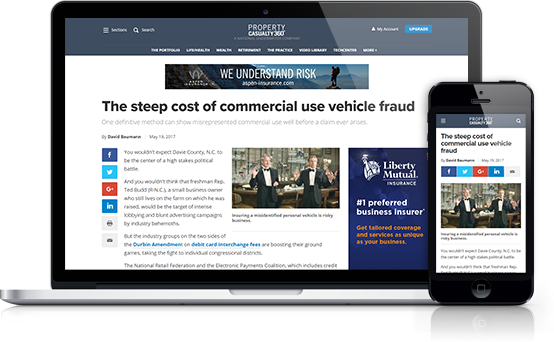For as long as anyone can remember, the basic method for calculating workers' compensation premiums has been RATE x PAYROLL x EXPERIENCE MOD. Rates vary based on job classification codes (which is much more complicated than it sounds), and the experience mod is based on prior losses. This is how premiums have been calculated for years.
This method inevitably leads to a payroll audit at the end of the policy term to determine whether any audit premium is owed. This issue can lead to conflict between the carrier and the policyholder.
One reason there is so much conflict is because of how “payroll” is defined by the rating agencies (NCCI, WCIRB, etc.). Actual wages paid to your employees are easy to define. But “payroll” goes beyond wages. There is some variation by state but, for the most part, “payroll” used to calculate workers' compensation premiums includes things like vacation pay, holiday pay, bonuses (including stock), sick pay, auto allowances and commissions. The list is very extensive.
Recommended For You
Want to continue reading?
Become a Free PropertyCasualty360 Digital Reader
Your access to unlimited PropertyCasualty360 content isn’t changing.
Once you are an ALM digital member, you’ll receive:
- Breaking insurance news and analysis, on-site and via our newsletters and custom alerts
- Weekly Insurance Speak podcast featuring exclusive interviews with industry leaders
- Educational webcasts, white papers, and ebooks from industry thought leaders
- Critical converage of the employee benefits and financial advisory markets on our other ALM sites, BenefitsPRO and ThinkAdvisor
Already have an account? Sign In Now
© 2025 ALM Global, LLC, All Rights Reserved. Request academic re-use from www.copyright.com. All other uses, submit a request to asset-and-logo-licensing@alm.com. For more information visit Asset & Logo Licensing.








